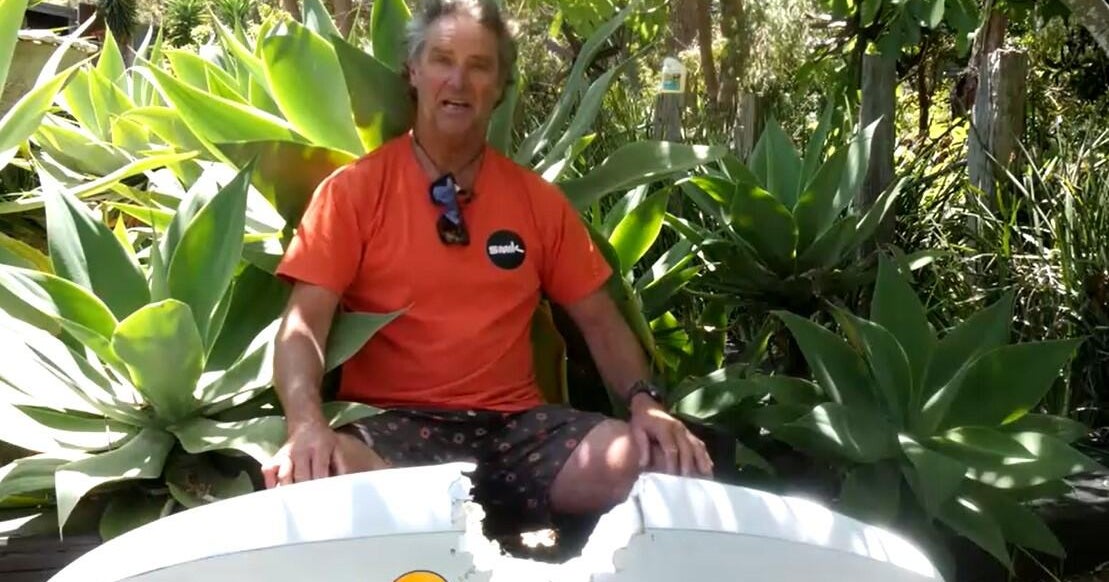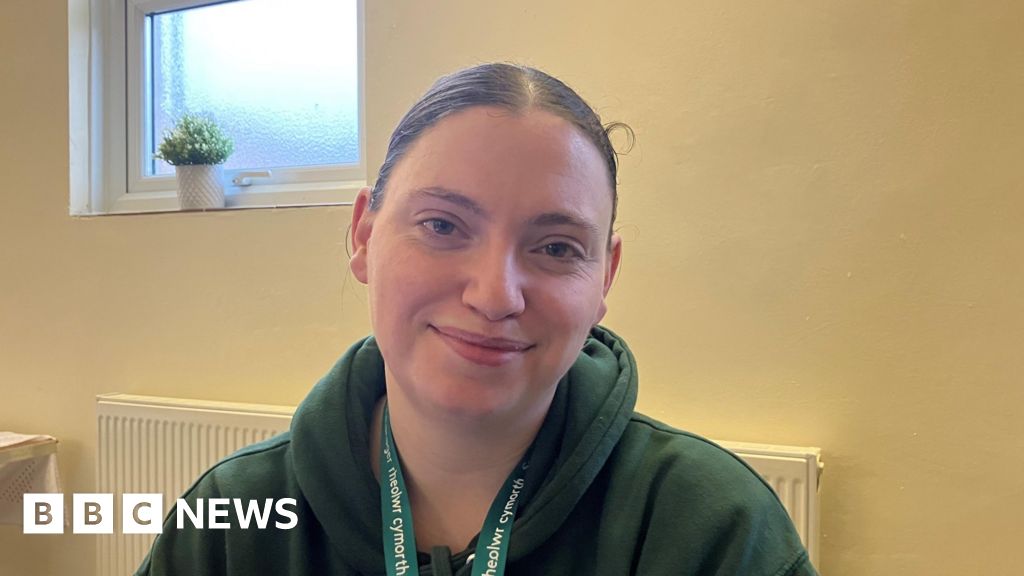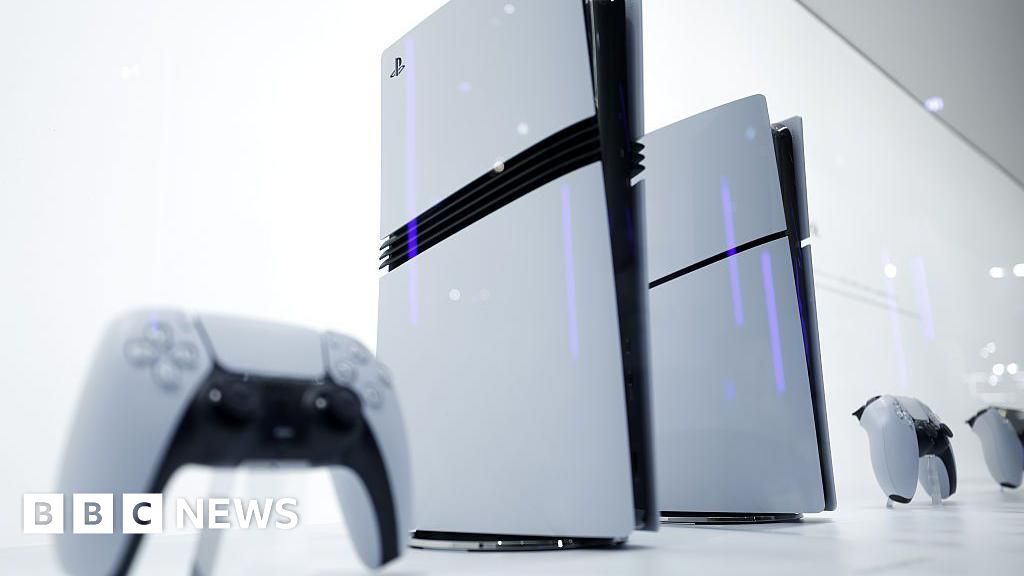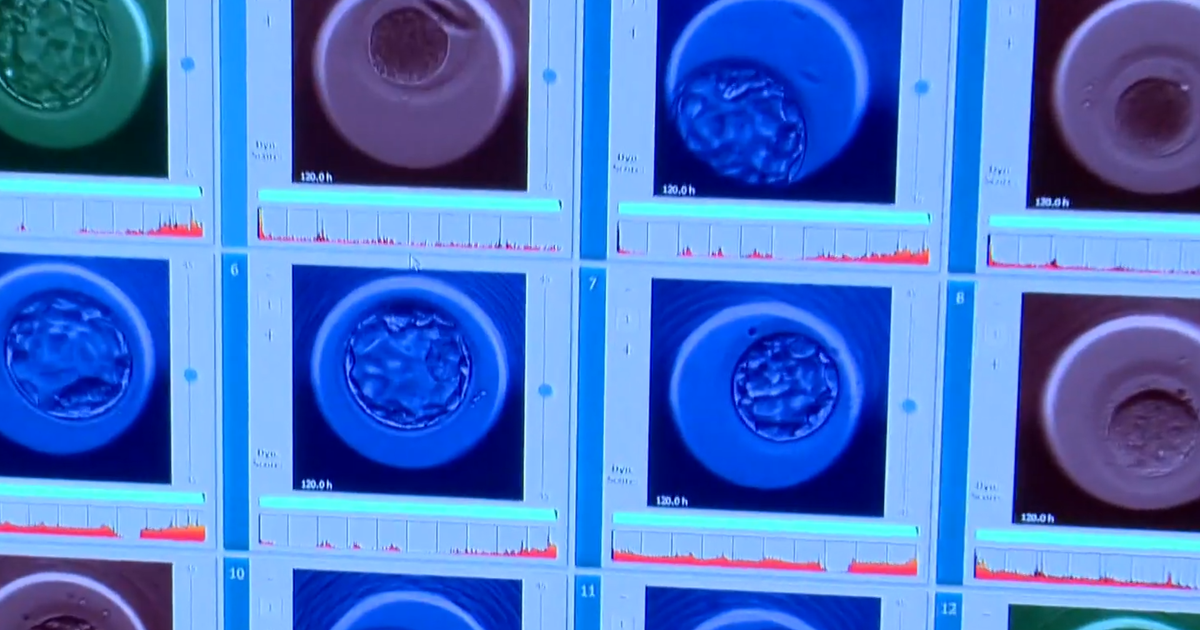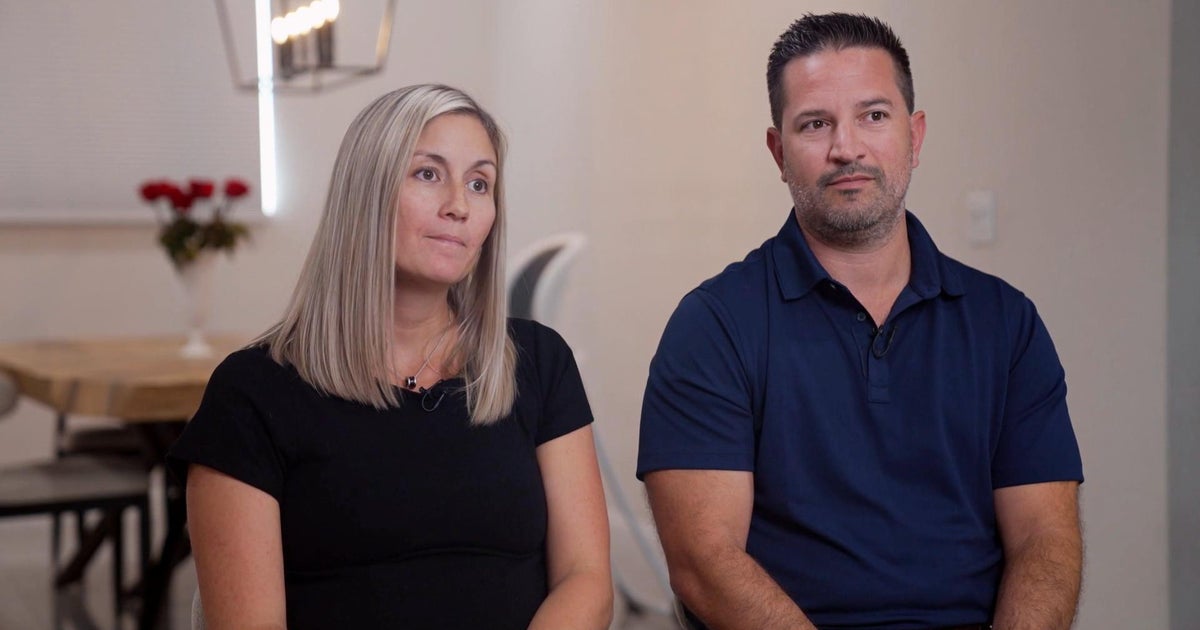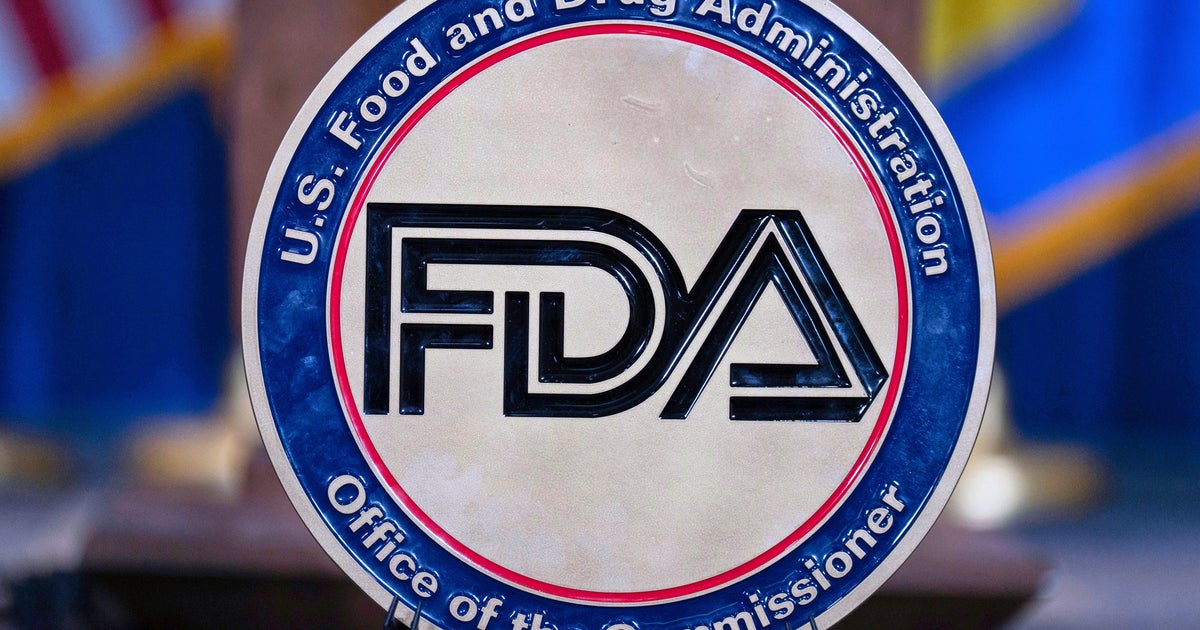Monsoon Warning: Tapeworm Larvae in Water and Food Causing Brain Infections Like Neurocysticercosis in Mumbai
Monsoon flooding increases Neurocysticercosis risk—tapeworm eggs in food or water lead to brain cysts, seizures, and neurological damage; prevention and treatment explained.
During Mumbai’s monsoon season, heavy downpours and overflowing drains heighten the risk of a lesser-known but serious brain infection called neurocysticercosis, caused by the Taenia solium tapeworm. The infection begins when tapeworm eggs—present in contaminated water or unwashed food—enter the body and travel through the bloodstream to form cysts in the brain. These cysts can trigger seizures in nearly 70 percent of symptomatic individuals, along with persistent headaches, cognitive decline, and neurological damage. Some cases progress to epilepsy or irreversible brain injury if left untreated.
Medical experts stress that MRI and CT scans are critical for detecting brain cysts and differentiating their stages—from active, inflamed cysts to calcified remnants. Treatment involves antiparasitic medications like albendazole, anti-inflammatory steroids, and anticonvulsants. The timing of intervention is crucial: early diagnosis greatly improves recovery, while delayed detection or treatment can result in long-term consequences.
Monsoon conditions such as poor sanitation, flooded streets, and informal food stalls increase exposure to contaminated sources. Children and immunocompromised individuals remain particularly vulnerable. Public health campaigns urge safe food handling, proper hygiene, well-cooked meat, and boiling drinking water as primary defenses. With elevated risk during rainy months, awareness and timely medical evaluation play pivotal roles in controlling this preventable disease.
What Makes Neurocysticercosis a Hidden Monsoon Threat
Monsoon flooding in Mumbai amplifies exposure to tapeworm eggs through contaminated food and water, creating ideal conditions for neurocysticercosis, a parasitic brain infection caused by Taenia solium. This increases risks even for those who avoid pork if they consume vegetables washed in dirty water or food from unhygienic street vendors. Experts caution that children and immunocompromised people face higher vulnerability.
Understanding How Tapeworm Eggs Reach the Brain
The infection begins with the accidental ingestion of tapeworm eggs, often via contaminated water or food. These eggs hatch in the intestines and the larvae enter the bloodstream. When they lodge in brain tissue, they form cysts. This progression—from intestinal taeniasis to neurocysticercosis—underlies the serious neurological symptoms that can follow.
Recognizing Symptoms That Often Start Suddenly
Symptoms typically appear when cysts provoke inflammation in the brain. Recurrent seizures are the most common sign, affecting up to 70 percent of symptomatic individuals. Chronic headaches, confusion, memory loss, vision issues, vomiting, and motor weakness may also present depending on cyst location. In severe cases, untreated infections can lead to permanent neurological damage or death.
Different Cyst Stages Shape Diagnosis and Treatment
Brain cysts evolve through stages: a viable vesicular stage with minimal symptoms, a colloidal stage marked by inflammation, and a calcified stage where cysts harden and may still cause seizures. Identifying the stage is essential for choosing appropriate treatments and predicting recovery outcomes.
Imaging Like MRI or CT Is Critical for Clarity
Diagnosis relies on MRI or CT scans, which detect cysts and indicate their development stage. CT scans are effective at identifying calcified lesions, while MRI detects early active cysts more clearly. The imaging results guide decisions on whether antiparasitic drugs, steroids, or surgical intervention may be needed.
Treatment Options Combine Medication and Supportive Care
Medical management includes antiparasitic agents such as albendazole or praziquantel, often combined with corticosteroids to reduce cerebral inflammation. Seizure control is achieved with antiepileptic medications. In complicated cases—like large cyst burden or hydrocephalus—surgery or shunt placement may be necessary.
Why Early Detection Makes a Major Difference
Early intervention dramatically improves outcomes. When treatment begins early—ideally during inflammation or active cyst stages—the chances of controlling seizures and avoiding long-term brain damage are substantially higher. Delays can lead to chronic epilepsy or irreversible neurological decline.
Why Monsoon Season Surges Infection Rates
During monsoon, contamination increases as flooding and drainage failures spread tapeworm eggs across the urban environment. Street food hygiene declines and open drains contaminate produce and water sources. These factors converge to elevate infection risks sharply during rainy months.
Cognitive Impact Varies with Cyst Location and Immune Response
A person’s response to brain cysts hinges on cyst size, number, and placement, as well as immune activity. Some patients remain asymptomatic, while others face severe effects like seizures, cognitive decline, motor weakness, or even coma.
Prevention: Hygiene and Food Safety Save Lives
Preventive measures include washing hands before eating, boiling drinking water, thoroughly cooking pork, and rinsing vegetables carefully. Avoiding street food during flooding and ensuring proper food sourcing helps interrupt the infection cycle.
Wider Public Health Efforts Remain Essential
Though preventable, neurocysticercosis remains common in many tropical and developing areas. Coordinated action—such as pig vaccination, regulated meat inspection, and sanitation improvements—could drastically reduce transmission over time
Monsoon Vigilance Can Avert Tragedy
Doctors urge that sudden seizures or persisting headaches during monsoon seasons warrant urgent medical evaluation. Early MRI or CT imaging and prompt treatment can prevent progressive brain injury. Awareness and action during the rainy period are key to preventing this serious but avoidable infection.
Disclaimer
This article is based entirely on verified medical reporting and expert commentary regarding neurocysticercosis and monsoon-related risks. It contains no promotional content or unverified statements. Myhospy.com is not responsible for medical decisions made based on this information.
What's Your Reaction?
 Like
0
Like
0
 Dislike
0
Dislike
0
 Love
0
Love
0
 Funny
0
Funny
0
 Angry
0
Angry
0
 Sad
0
Sad
0
 Wow
0
Wow
0






